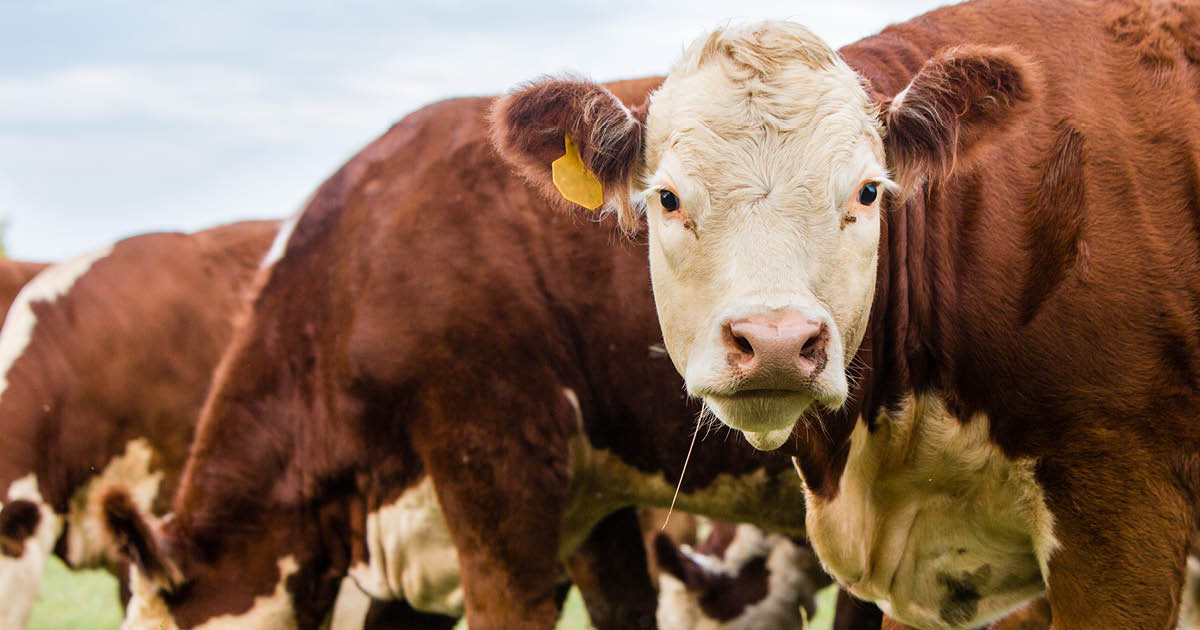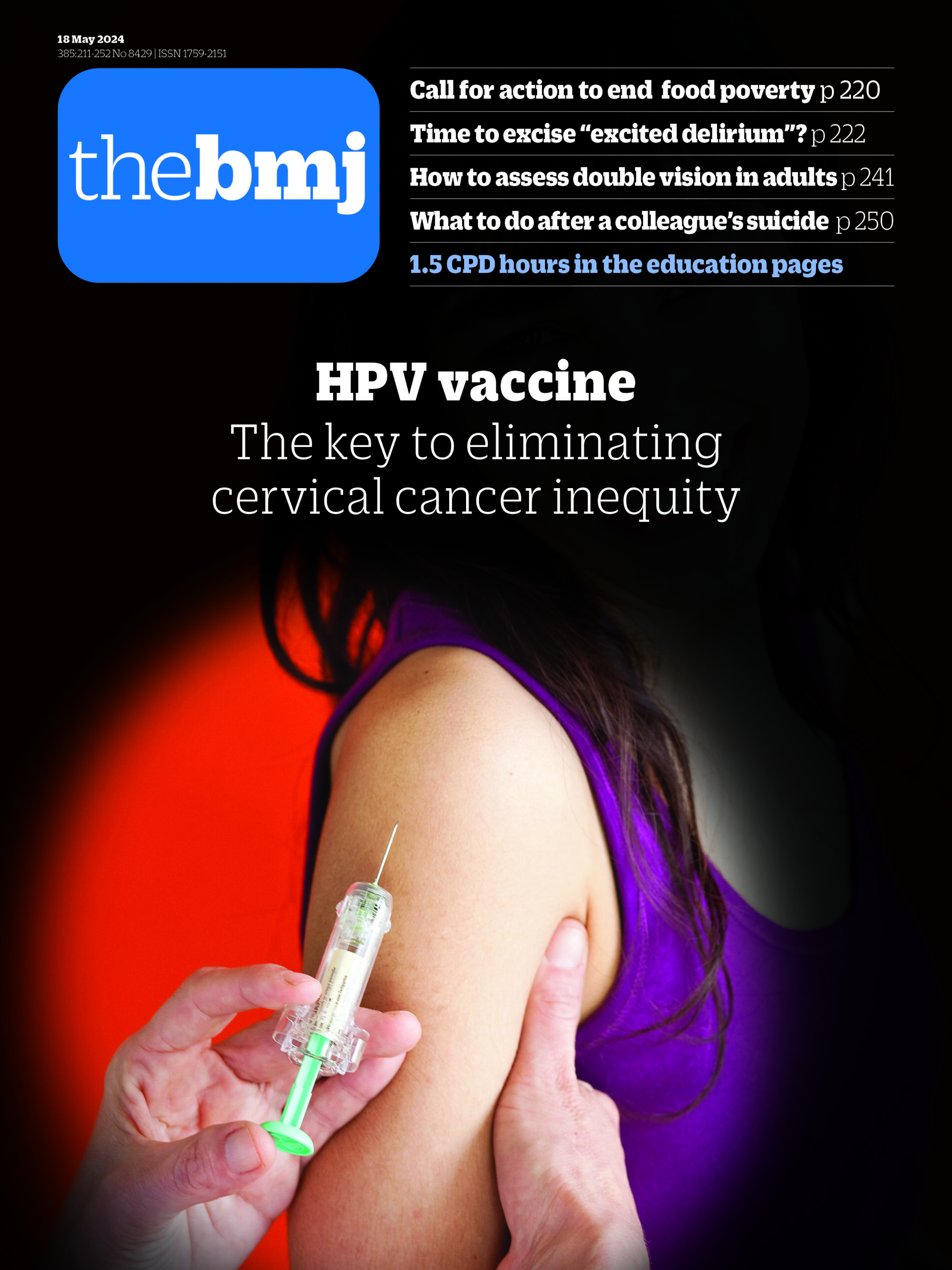Key takeaways:
- Pasteurized milk and beef appear safe from infectious bird flu virus.
- Scientists described what is potentially the first mammal-to-human case of H5N1.
The FDA and U.S. Department of Agriculture (USDA) said this week that pasteurized milk and beef products appear safe for consumption based on testing conducted after traces of avian influenza were found in pasteurized milk.
Cow herds in nine states have tested positive for highly pathogenic avian influenza (HPAI) H5N1 virus, also referred to as “bird flu,” according to the latest update from U.S. health officials. The outbreak has grown to include 36 herds of cattle.

U.S. health officials expressed confidence that the nation’s pasteurized milk and beef supplies remain safe from infectious H5N1 virus. Image: Adobe Stock.
Below are some recent developments in the ongoing H5N1 outbreak.
First mammal-to-human transmission?
A dairy farm worker in Texas has also been infected — only the second time a person in the United States has tested positive for H5N1 avian influenza.
According to new details published Friday by Timothy M. Uyeki, MD, chief medical officer in the CDC’s Influenza Division, and other scientists in The New England Journal of Medicine, the worker had contact with cows showing signs of illness consistent with H5N1 infection, and testing showed a close genetic similarity between the worker’s infection and viruses detected in dairy cattle in Texas.
Uyeki and colleagues said virus samples collected from the worker and from cattle “maintained primarily avian genetic characteristics” and lacked genetic changes that would affect the risk for transmission to humans.
The virus exhibited no evidence of reduced susceptibility to influenza antivirals, and its hemagglutinin — the surface protein that binds influenza viruses to human cells — was a good fit with viruses found in H5N1 candidate vaccines, Uyeki and colleagues reported.
The worker’s only symptom was conjunctivitis. Uyeki and colleagues provided some hypotheses about the case in an appendix published with their report, including that the worker’s conjunctivae could have been infected through direct contact with contaminated hands or through respiratory droplets or aerosols that contained virus from sick cows, or even through contact with a contaminated surface.
“If cow-to-human transmission occurred,” they wrote, “to our knowledge, this would be the first reported case of mammal-to-human HPAI A(H5N1) virus transmission reported worldwide.”
Milk is safe, FDA says
The FDA announced last week that testing identified genetic traces of H5N1 in pasteurized cow milk samples collected from grocery stores in the U.S.
The particles were identified through quantitative PCR (qPCR) testing, which can detect the presence of genetic material but cannot determine if a pathogen remains intact or infectious.
For that, the FDA conducted further testing of 201 qPCR-positive retail dairy samples from liquid milk, cottage cheese and sour cream, which detected no live or infectious virus, showing that pasteurization is effective at inactivating HPAI, the FDA said this week.
The agency also tested samples of retail powdered formula and powdered milk products for viral fragments and found none.
“In addition to preliminary results released late last week on an initial set of 96 retail milk samples, these results reaffirm our assessment that the commercial milk supply is safe,” the FDA said.
The agency said it will continue to test samples of pooled raw milk that has been routed to pasteurization and processing for commercial use to be used as a basis to characterize potential virus levels that pasteurization may encounter and to inform future studies validating pasteurization.
Because of the potential risks associated with consuming raw milk, the FDA continues to strongly advise against drinking or selling it.
Fatal cat infections
Although there have not been any reported human infections from consuming raw milk, a recent CDC report assessing dairy cattle and cats at farms in both Kansas and Texas showed “fatal systemic influenza infection” in domestic cats on the farms who were given unpasteurized colostrum and milk from affected cows.
At one north Texas dairy farm, more than half the cats became ill and died. The symptoms included neurological signs of illness and blindness.
“The cats were found dead with no apparent signs of injury and were from a resident population of 24 domestic cats that had been fed milk from sick cows,” the authors wrote.
Tests of samples collected from the brains and lungs of the dead cats suggested “high amounts of virus.”
“The recurring nature of global HPAI H5N1 virus outbreaks and detection of spillover events in a broad host range is concerning and suggests increasing virus adaptation in mammals,” they concluded. “Surveillance of HPAI viruses in domestic production animals, including cattle, is needed to elucidate influenza virus evolution and ecology and prevent cross-species transmission.”
USDA ‘confident’ meat supply is safe
The USDA announced the results of several studies testing the safety of the nation’s beef supply.
The first study involved 30 samples of ground beef collected from retail stores in states where dairy cow herds have tested positive for H5N1. The samples were analyzed using PCR testing, which showed no virus particles were present in the beef.
The remaining studies involve testing muscle samples from culled dairy cows and cooking ground beef contaminated with an H5N1 surrogate virus at different temperatures to determine its effect on the virus. Results of those studies are forthcoming.
“USDA is confident that the meat supply is safe,” a USDA spokesperson told Healio, describing a “rigorous meat inspection process” in which veterinarians from the USDA’s Food Safety and Inspection Service (FSIS) “are present at all federal livestock slaughter facilities.”
“FSIS inspects each animal before slaughter, and all cattle carcasses must pass inspection after slaughter and be determined to be fit to enter the human food supply,” the spokesperson said. “While we have multiple safeguards in place to protect consumers, we recommend consumers properly handle raw meats and cook to a safe internal temperature.”










